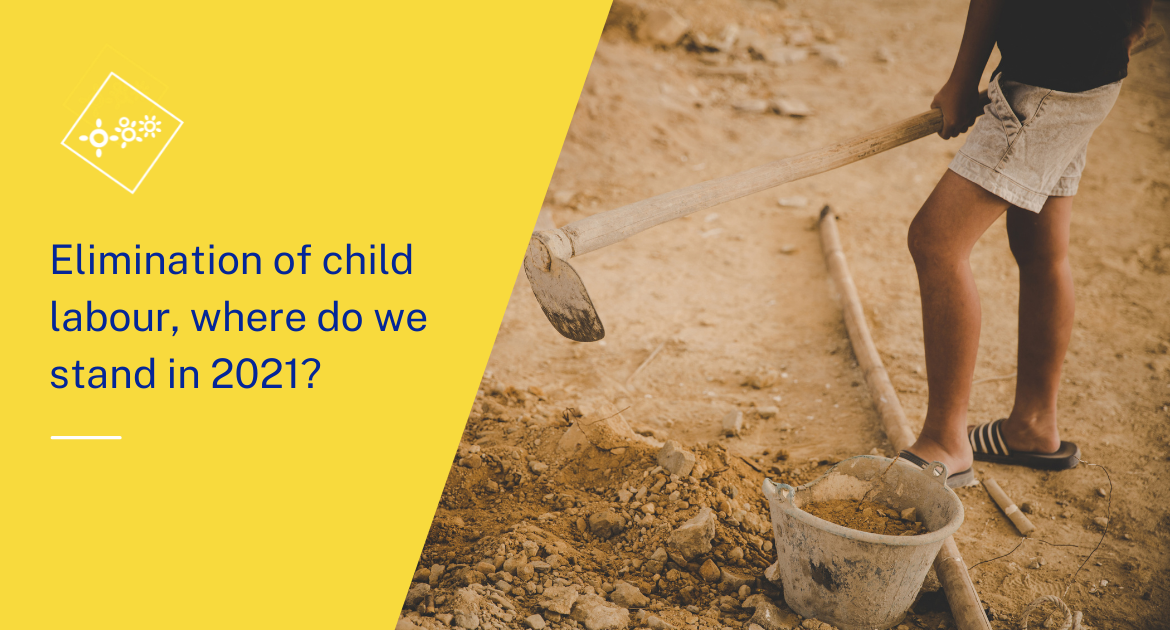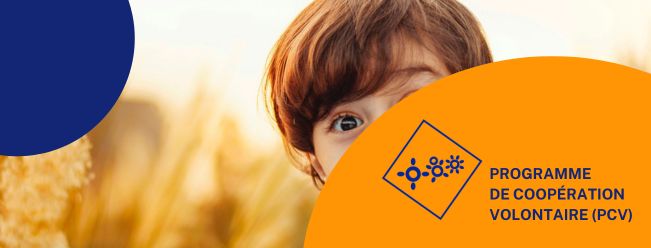
2021 has been designated by the UN as the International Year for the Elimination of Child Labour. Even today, an estimated 160 million children are still working around the world, very often forcibly and in hazardous conditions. On the eve of International Child Labour Day, a virtual conference organized by the United Nations Association in Canada – Greater Montreal (ACNU- Grand Montréal) brought together some 40 participants to discuss this timely and important issue.
The event began with a presentation by the two panelists: Guillaume Landry – Director General, International Bureau for Children’s Rights, and François Crépeau – Former UN Special Rapporteur on the Human Rights of Migrants and IBCR Board Member, and was followed by a discussion period, moderated by Elsa Jutras Vigneault – Board Member of UNA-Canada Greater Montreal.
Many themes and issues were addressed, starting with the realities of child labour, in its worst forms but not only, and the undeniable impact of the pandemic on the phenomenon.
Child labour takes many forms, and its causes and effects are different depending on the context. Precariousness seems to be a common factor linked to the vast majority of cases of concern. Mr Crépeau made the link with particularly vulnerable migrant children, who are not only more often forced to work but also suffer from a lack of support in several related areas such as access to health, education, or family support.
In Canada, for example, although multiple conventions, such as the United Nations Convention on the Rights of the Child, and Conventions 138 and 189 of the International Labour Organisation (ILO) have been ratified, our policies are not up to date. The Ministries of Labour, Health or Immigration do not carry out the necessary follow-ups to properly protect children from forms of abuse. In the end, few or no sanctions are actually applied to employers who use child labour at some point in their production chain.
Mr Landry also reiterated the importance of the child protection system and the people who must protect them. Workers must be made aware of and properly trained in children’s rights. Not only the most “visible” ones, such as doctors or teachers, but also and above all those who work in sectors that lead them to work with the most at-risk children, such as police officers, social workers, labour inspectors, etc., so that they can identify the signs of child labour and better protect the victims.
Furthermore, while international organisations are pushing for the total abolition of child labour, several youth movements have developed, particularly in Latin America and Africa, to push for a distinction between “harmful” child labour and “beneficial” child labour which, in certain cases and in a controlled manner, could on the contrary give young people more opportunities and open a door to the labour market, as long as their access to education is not compromised.
This model would not, however, detract from the necessary and ongoing fight to abolish child labour when it is dangerous to their health and development. The figures are worrying: a report presented this month by the ILO and UNICEF shows that there are more working children today than there were four years ago, and among them more and more young people working in hazardous conditions. The pandemic and the precariousness that followed it are partly to blame, but they do not excuse everything; it is the duty of every country and every government to act to ensure that all children are protected.
For more information: Read the report: “Child Labour: Global estimates 2020, trends and the road forward”
 Subscribe to our newsletter to make sure you don’t miss our next events!
Subscribe to our newsletter to make sure you don’t miss our next events!





